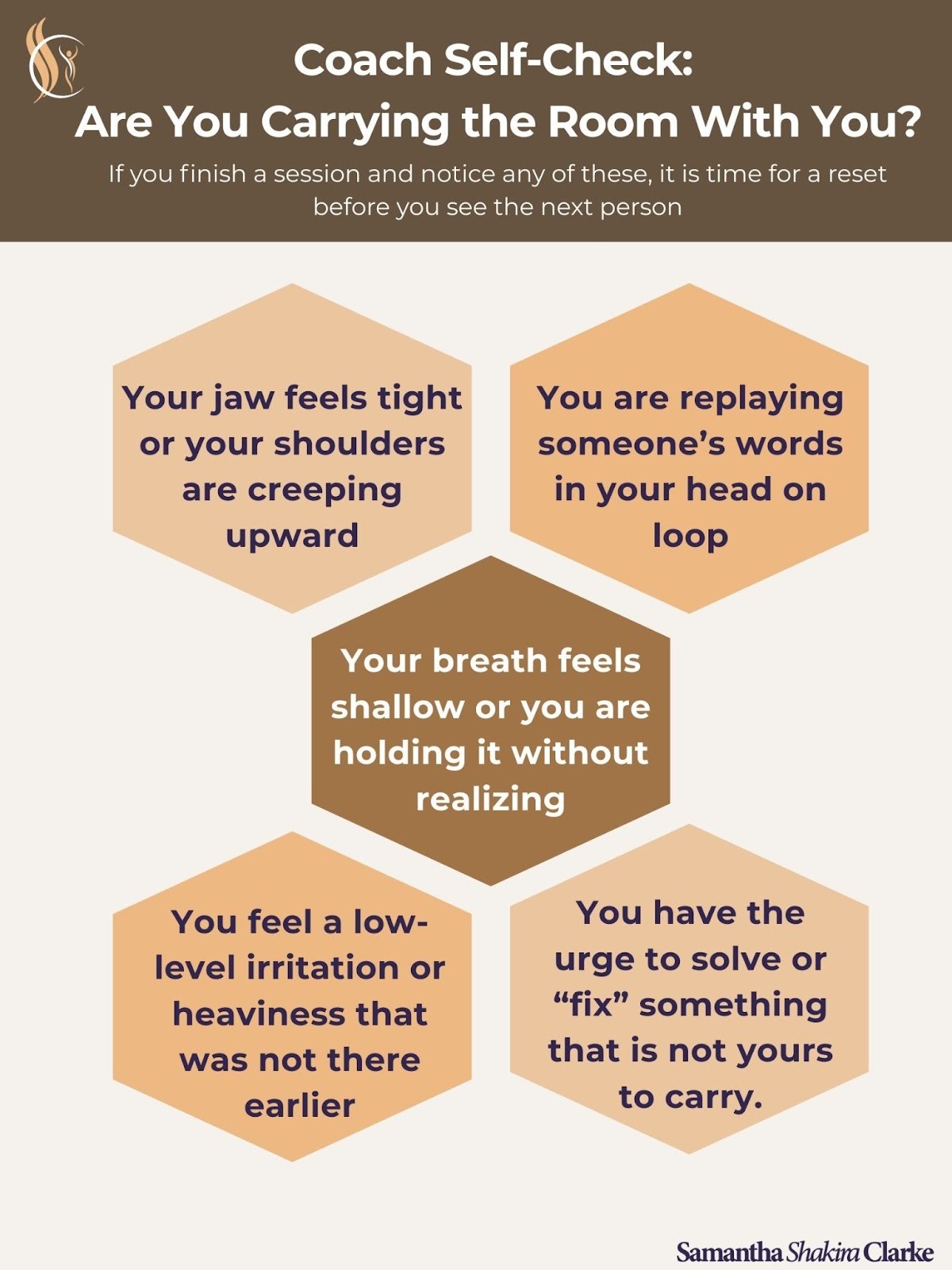 Book Now!
Book Now!From the outside it looks like boardrooms, coffee, and lightbulb moments. Inside the work it is far more human. Far more complex. And honestly, far more beautiful.
It is 9:05am and I am sitting in a glass-walled boardroom with sunlight pouring in. The CEO leans back, smiling, telling me the team has never been stronger. At 11:15, a manager sits in the same chair and tells me the team is fraying at the edges. By 2:30, a frontline staff member is in tears, wondering if they can keep going. Three conversations. Three realities. One room. This is a normal Tuesday in the life of a corporate wellness coach.
In a single day, you might hear the CEO’s version of a situation, a manager’s take, and the frontline team’s perspective. Often these completely contradict each other. As a coach, you have to hold all of those truths without flinching.
If you are empathic, you are not just hearing content. You are feeling subtext. The tension in a pause. The relief when something finally gets said out loud. Your nervous system is quietly tracking multiple emotional weather systems at once. Without boundaries and quick resets, you can be drained before lunch.
Two forces are always in play. Emotional contagion is when you absorb the mood in the room. Cognitive dissonance is the strain of holding several conflicting truths at the same time. Together, they can take a toll unless you are skilled at staying regulated.
On paper, it is simple. In practice, it is nuanced. People want to feel safe with you and they also want progress across the team. Here is how to hold both.
Share patterns, not stories. Speak to themes rather than quotes.
Anonymize in real time by describing what you see without naming where it came from.
Contract upfront about what stays private, what can be brought forward, and how insights will be shared.
Check consent if something could be identifiable, even in coded form.
Default to protecting trust. If sharing could erode safety, do not share it.
A simple script that works is:
“I want to reflect a pattern I am seeing across roles. I will keep personal details private and speak to the theme so we can move the work forward.”
Between conversations, you cannot carry one person’s energy into the next. Sometimes you have only thirty seconds. Make it count.
Anchor a sense by feeling your feet on the floor or pressing your fingertips together.
Use a breath buffer by inhaling for four and exhaling for six.
Name and locate by silently labelling what you feel and where you feel it.
Soften your gaze by picking a fixed point and letting your eyes rest there.
Release tension by relaxing your jaw and shoulders on the exhale.


Conflicting narratives are normal in complex systems. You are not there to decide who is right. You are there to make space for what is true for each person and to help the group build shared language and workable agreements.
Phrases that keep you steady include:
“Here is what I am hearing alongside that.”
“Both of these realities can be true at once. What agreement would move us forward?”
“I am going to reflect the need underneath the position. Tell me if this lands.”
Leaders often want a readout. You can give value without giving away personal details. Focus on:
Top three themes blocking performance.
Behaviours that help and behaviours that hinder.
System constraints that repeat across roles.
Skills that would change outcomes if developed.
Clear next steps that the team can try and measure.
Keep it short and focused on what the system can act on now.
This is not only about performance frameworks or quarterly goals. It is nervous system literacy at work. It is relationship repair and communication skill building. It is leadership maturity in real time. This is emotional intelligence training plus leadership capacity building disguised as wellness.
After heavy days, close the loop. Walk outside. Drink water. Shake out your arms and legs for sixty seconds. Write one page to offload. Text a colleague who understands the work. Rest before you re-enter.
If you have ever been in a room like this, whether as a coach, a leader, or a team member, you know the quiet, invisible work it takes to stay steady. The magic is not in solving every problem in one conversation. It is in making sure people feel heard, in protecting trust, and in helping the group find language and steps they can carry forward.
Corporate wellness coaching is not about having all the answers. It is about creating a space where real conversations can happen, nervous systems can settle, and the next step forward becomes clear.
What is one small reset or grounding practice that works for you when the room feels full of competing truths?


